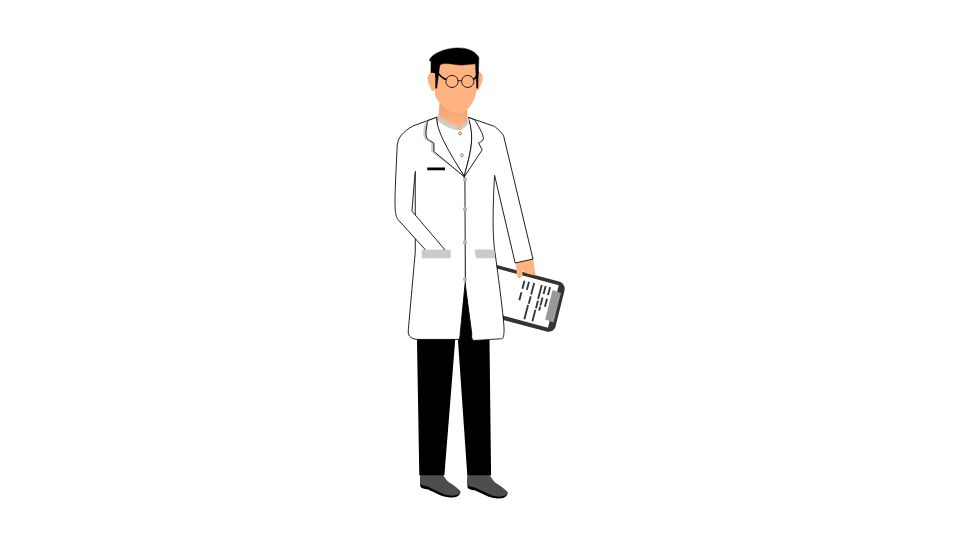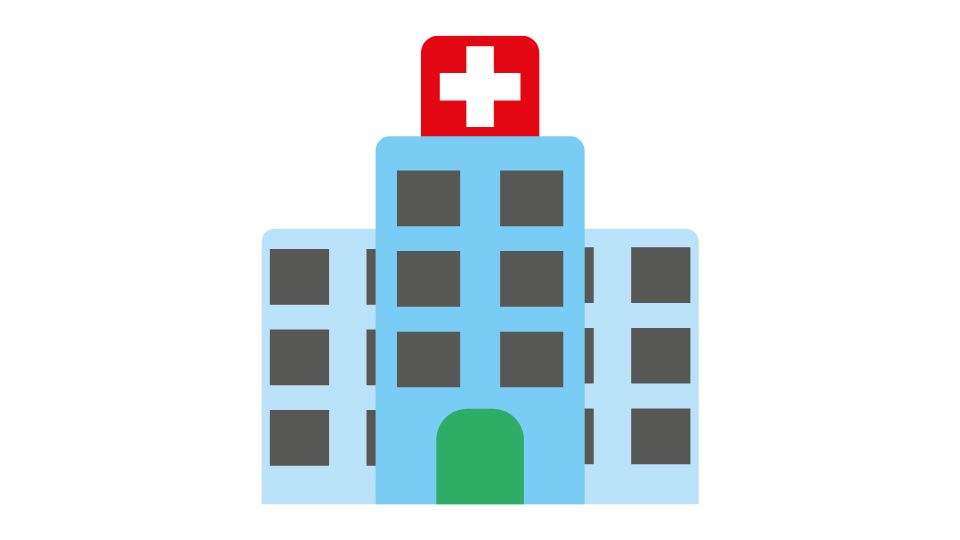12 Tips on What to Pack for a Mental Health Hospital Stay

Preparing for a stay in a mental health hospital can feel overwhelming, especially when you’re trying to figure out what to pack. I’ve been there – staring at an empty bag wondering what’s allowed and what isn’t.
Let me walk you through exactly what you should bring to make your stay as comfortable as possible while respecting those important hospital safety rules.
What to Pack for a Mental Health Hospital Stay
Skip ahead:
- Clothing essentials (and what to avoid)
- Personal items you can actually bring
- Electronics and valuables (spoiler: leave most at home)
- Comfort items that might help
- The ultimate packing checklist
Clothing: Keep It Simple, Keep It Safe

Pack only 3-5 outfits of casual, comfortable clothes. Think sweatpants, t-shirts, and comfy underwear.
Why the limit? Most facilities have laundry available, and too much stuff clutters your space (and your mind). Plus, you don’t want to be constantly deciding what to wear when you’re focusing on healing.
Here’s what to avoid:
- Anything with drawstrings
- Clothes with offensive images or text
- Belts, ties, or scarves
- Clothing with metal zippers or buttons
For footwear, bring slip-on shoes without laces. Think comfy sneakers without laces or simple slip-ons. Hospital safety guidelines require this to minimize risk.
Pro tip: If you wear bras, pack sports bras or wireless options. Underwire is almost always prohibited.
Toiletries: Travel-Sized and Safety-Approved
While most hospitals provide basic toiletries, bringing your own familiar products can make the experience more comfortable.
Do pack:
- Travel-sized shampoo and conditioner (no glass containers!)
- Deodorant (solid, not spray)
- Toothbrush and toothpaste
- Face wash and moisturizer
- Brush or comb (no metal parts)
Don’t pack:
- Anything in glass containers
- Products containing alcohol (check those ingredients!)
- Razors or tweezers
- Aerosol sprays of any kind
- Nail polish or removers
According to mental health treatment experts, having your personal care items can provide a sense of normalcy during your stay.
The Electronics Situation

This is where most people get surprised. Most mental health facilities severely restrict electronics.
Typically not allowed:
- Smartphones
- Laptops or tablets
- Cameras
- MP3 players or iPods
- Anything with internet access or recording capabilities
Some facilities may have designated times when you can access your phone or a shared computer, but don’t count on having your devices with you.
The American Psychiatric Association explains this is both for privacy reasons (protecting other patients) and to help you focus on treatment without digital distractions.
Reading Materials and Creative Outlets
Bring books or magazines without staples or spiral bindings. Reading is a great way to pass time between therapy sessions and activities.
A journal without metal spiral binding is highly recommended. Many therapists encourage journaling during treatment, and it can be a valuable tool for processing your thoughts and feelings.
Some facilities allow adult coloring books and non-toxic colored pencils (not markers). This can be a soothing activity during downtime.
Medications and Documentation

Always bring your current medications in their original labeled containers. This is super important!
Also bring a list of all medications with dosages and schedules. The hospital staff will typically collect and store your medications upon admission, administering them according to schedule.
Don’t forget your insurance card and ID. According to mental health advocacy organizations, having these documents readily available makes the intake process much smoother.
Money and Personal Items

Most facilities allow a small amount of cash (usually around $20-40) for vending machines or small purchases.
Personal items like wallets, keys, and purses will likely be stored securely until discharge.
Leave valuables at home. That means:
- Expensive jewelry
- Large amounts of cash
- Credit cards you don’t need
- Sentimental items that would devastate you if lost
The Ultimate Packing Checklist
Here’s your quick-reference guide:
✅ 3-5 sets of comfortable clothes without drawstrings, buttons, or metal
✅ Slip-on shoes (no laces)
✅ Travel-sized toiletries in plastic containers
✅ Current medications in original containers
✅ Insurance card and ID
✅ Small amount of cash ($20-40)
✅ Books/magazines (no staples/spirals)
✅ Journal (no metal binding)
✅ Photos of loved ones (not in glass frames)
Remember that each facility has specific rules, so the best thing you can do is call ahead and ask for their packing guidelines. This prevents the disappointment of having items taken away during intake.
In my experience, the simpler you keep things, the better. The focus during your stay should be on healing and treatment, not on managing a bunch of stuff.
Taking this step to prepare for treatment shows incredible strength. Pack thoughtfully, but remember – the most important thing you’re bringing is your commitment to getting better.

